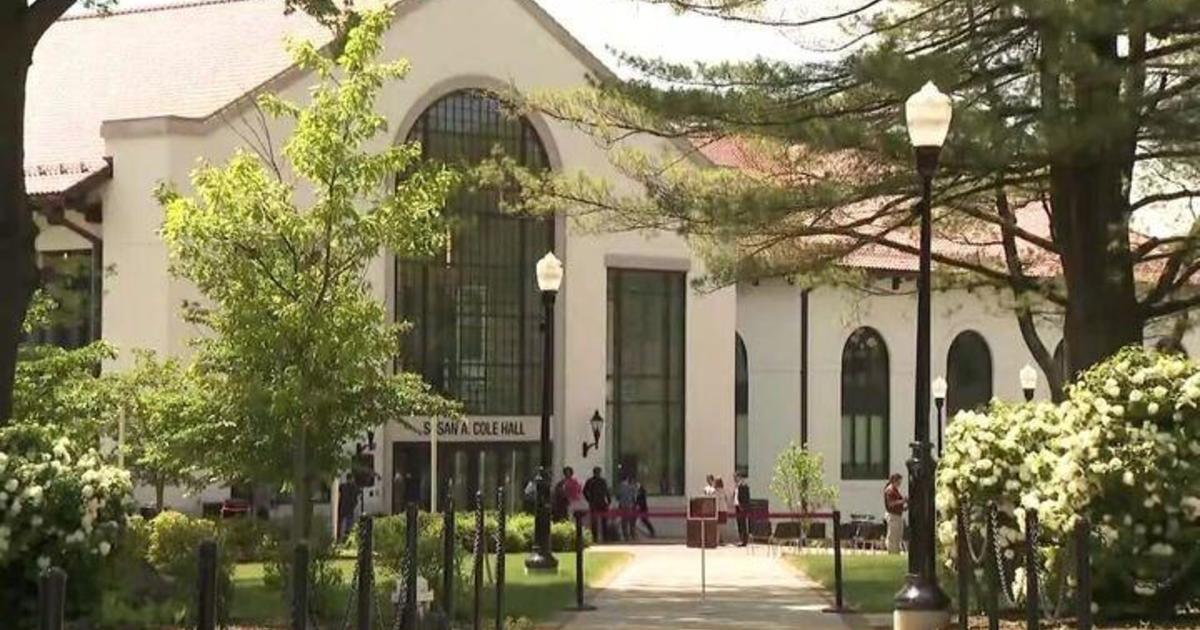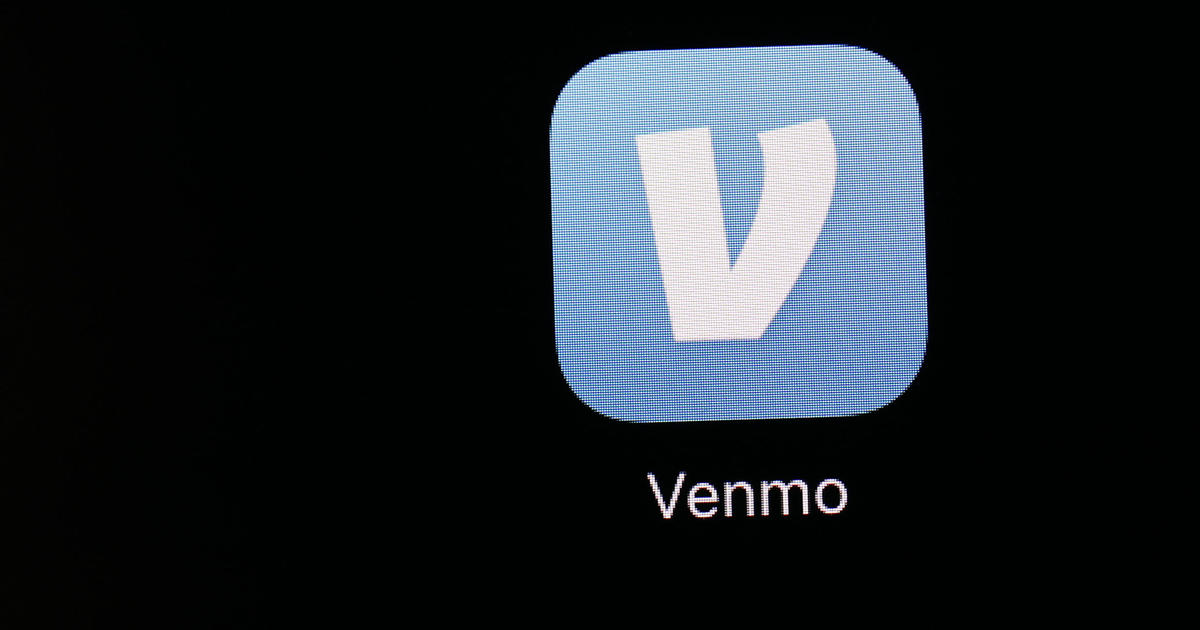Injury Breakdown: Simplifying The Sports Hernia
By Abby Sims
» More Columns
New Jersey Devils forward Brian Rolston reportedly will be out 4-to-6 weeks after undergoing surgery on October 14th to repair a sports hernia. That is an optimistic timeframe for return to competition after this laproscopic procedure, as several studies point to an average return to high-level play within eleven weeks.
One of many causes of groin pain, the sports hernia is otherwise known as "athletic pubalgia". It can have one or more causes, but unlike some other groin and hip problems, a sports hernia is generally not precipitated by a specific injury. The absence of the more common hernia, an inguinal hernia, is one of several factors leading to a sports hernia diagnosis.
For clarification, the inguinal hernia, is characterized by soft tissue, often part of the intestine, protruding through a weak point or tear in the lower abdominal wall. This creates a bulge that is tender to palpation, and generally hurts more when bending, coughing or lifting weights or other heavy objects.
So what is a sports hernia and what are the symptoms?
It is likely that Brian Rolston had complaints of lower abdominal, groin or pubic pain with exertion. This was probably due to injury (weakness or tearing) of the attachments of abdominal muscle and/or fascia (the connective tissue that covers muscle) to the front of the pubic bone. This type of deep pain in the groin or lower abdomen generally occurs closer to the pubic area and is more intense than pain felt with muscle strains (of the hip flexor or adductor). Sports hernia symptoms are typically made worse by sidestepping or cutting motions, with kicking and also with sit-ups. You can see why hockey, soccer, football and tennis players are some of the athletes who suffer from this injury. Occasionally a sports hernia refers pain into the inner thigh (adductor longus muscle) with forceful resistance or movement of the thigh toward midline (the other leg). Sometimes the area of the upper and outer pubic bone is also tender to touch. Not as common, though occasionally present, is pain with sneezing or coughing or complaints of testicular pain.
What type of treatment is recommended?
Recreational athletes generally try conservative management with physical therapy before opting for surgery. However, surgery may be recommended immediately for a professional athlete who cannot afford the time to see if rehab alone will successfully treat the condition. Surgery may also be the treatment of choice If a particular trauma was known to have caused the injury or if conservative management fails to restore full and pain-free function.
Surgery to reattach the torn structures generally entails inserting polypropylene mesh. If the adductor tendon is involved it may also be lengthened at the time of surgery.
Therapy, whether to manage the condition conservatively or in the post-operative phase, entails managing pain and inflammation, while restoring a normal balance of lower body and core strength, flexibility of the lower extremity musculature and hip and spine range of motion. Athletes also work to improve their standing balance, power and muscular endurance while progressing to activities that simulate those needed to play their respective sports.
References:
Athletic Pubalgia and the Sports Hernia
RADIOLOGY, Volume 247 No 3 June 2008
Proposed Algorithm for the Management of Athletes with Athletic Pubalgia (Sports Hernia): A Case Series
JOSPT, Dec 2008, Volume 38, No. 12
Inguinal Hernias and Pubalgia. Taylor-D-C. Meyers-W-C. Moylan-J-A. Lohnes-J. Bassett-F-H. Garrett-W-E-Jr. Division of Orthopaedic Surgery, Duke University Medical Center, Am-J-Sports-Med. 1991 May-Jun. 19(3). P 239-42.



